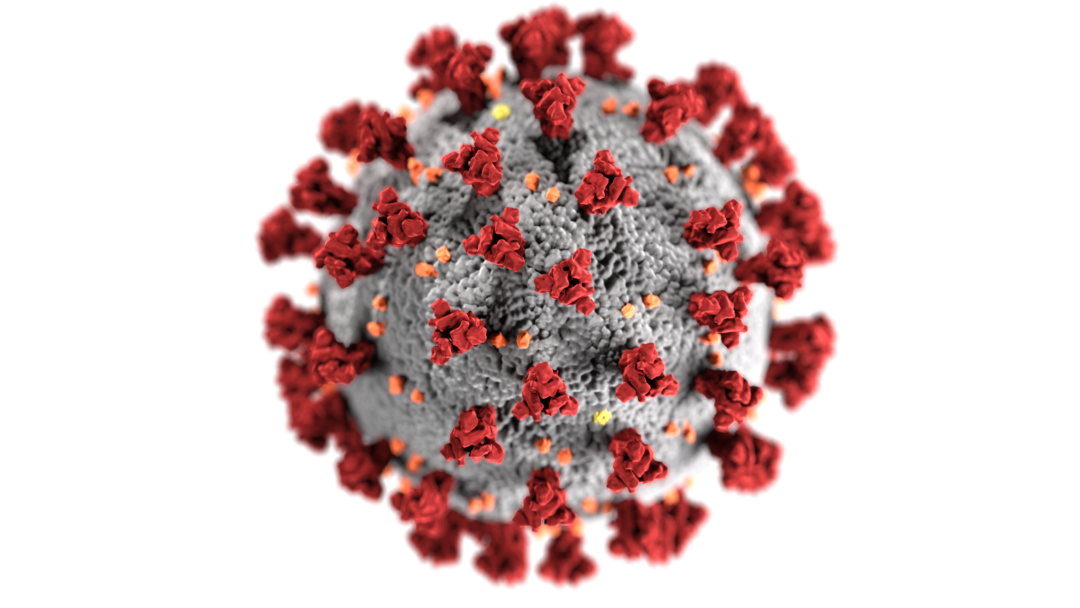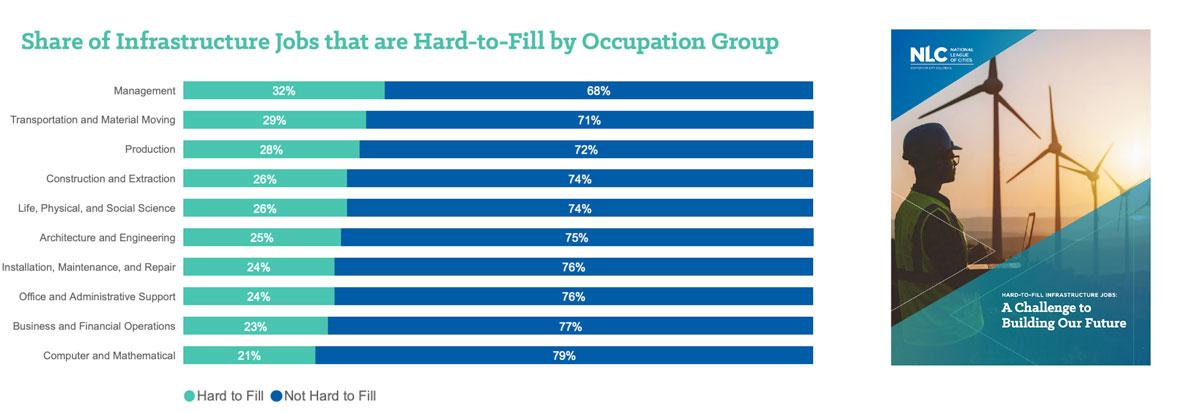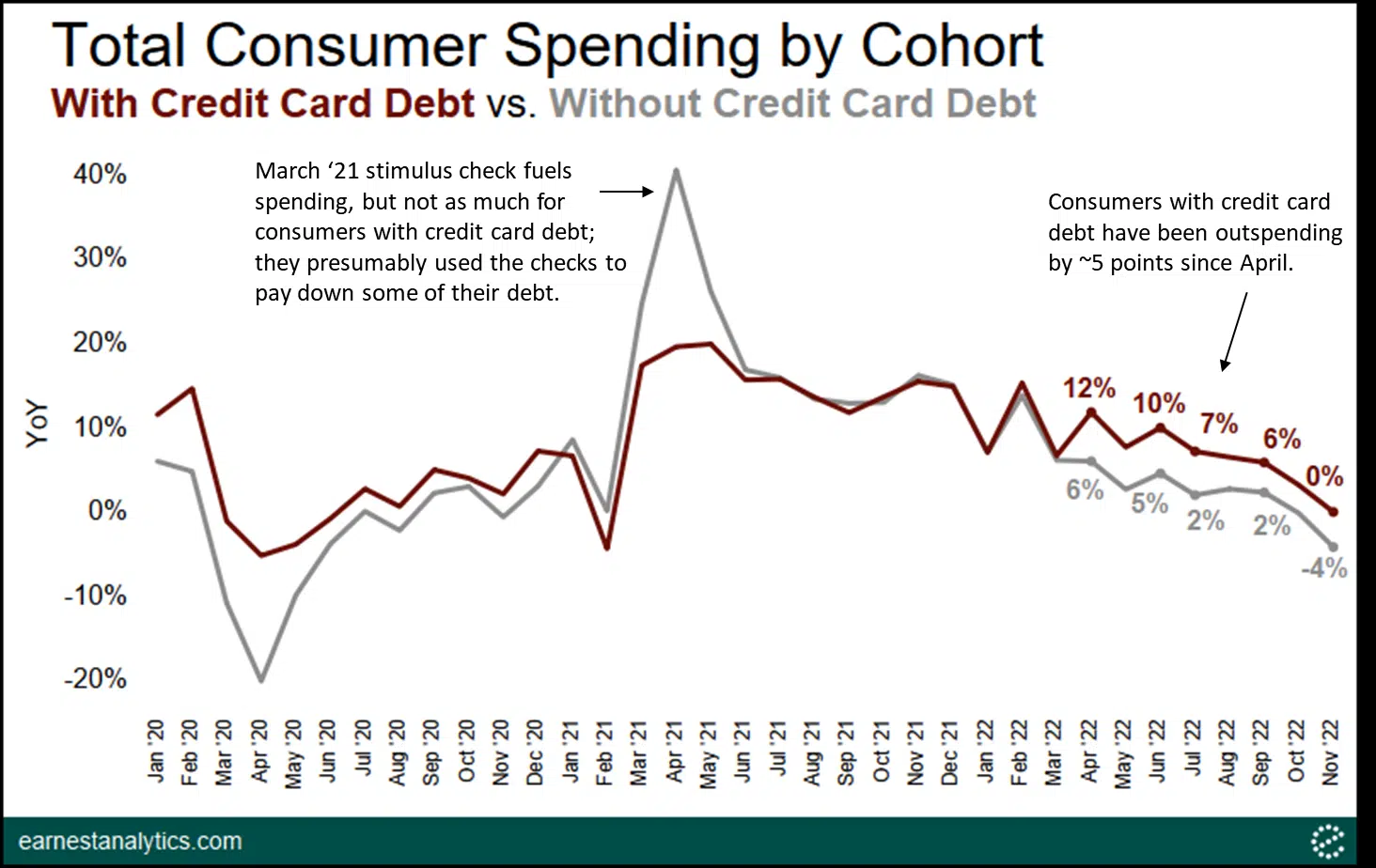
Most Vulnerable Counties in Third Quarter of 2020 Concentrated in States Running from Connecticut through Maryland; New York City, Baltimore, Washington, D.C. and Now Philadelphia Among Areas with Clusters of High-Risk Counties; Midwest Joins the West as Regions Less at Risk of Housing-Market Problems
ATTOM Data Solutions, curator of the nation’s premier property database and first property data provider of Data-as-a-Service (DaaS), today released its third-quarter 2020 Special Report spotlighting county-level housing markets around the United States that are more or less vulnerable to the impact of the Coronavirus pandemic. The report shows that pockets of the Northeast and Mid-Atlantic regions were most at risk in the third quarter – with clusters in the New York City, Baltimore, Philadelphia and Washington, D.C. areas – while the West and now Midwest are less vulnerable.
The report reveals that Connecticut, New York, New Jersey, Pennsylvania, Maryland and Delaware had 32 of the 50 counties most vulnerable to the economic impact of the pandemic in the third quarter. They included five suburban counties in the New York City metropolitan area, four around Washington, D.C., four around Philadelphia, PA, four around Baltimore, MD, and seven of Connecticut’s eight counties.
The only four western counties among the top 50 were in northern California and Hawaii, while Illinois had the only six in the Midwest. Another eight were loosely scattered across five southern states – Florida, Louisiana, North Carolina, Texas and Virginia.
Third quarter trends generally continued from those found in the first and second quarters of 2020, but with different concentrations around several major metropolitan areas. The number of counties among the top 50 most at-risk was down from 11 to five in the New York City area, and from eight to three in the Chicago, IL, area, but up from two to four in the Baltimore region.
Markets are considered more or less at risk based on the percentage of homes currently facing possible foreclosure, the portion of homes with mortgage balances that exceed the estimated property value, and the percentage of local wages required to pay for major home ownership expenses.
The conclusions are drawn from an analysis of the most recent home affordability index, equity and foreclosure reports prepared by ATTOM. Rankings are based on a combination of those three categories in 487 counties around the United States with sufficient data to analyze. Counties were ranked in each category, from lowest to highest, with the overall conclusion based on a combination of the three ranks. See below for the full methodology.
The findings come as the national housing market has largely staved off the effect of the virus pandemic. While home values have dipped in some areas of the nation, counties generally have seen prices rise 7 percent to 15 percent since the third quarter of 2019. But the market remains exposed due to high unemployment and other damage that has spread through the United States economy as the virus has surged throughout the country this year.
“The U.S. housing market continues to show remarkable resilience during a time of widespread economic trouble and high unemployment stemming from the virus pandemic. But amid continued price gains, pockets around the country face greater risk of a fall, especially in and around the Northeast,” said Todd Teta, chief product officer with ATTOM Data Solutions. “There is much uncertainty ahead, especially if another virus wave hits. We will continue to closely monitor home prices and sale patterns to see if, how and where the pandemic starts rattling local markets.”
Most vulnerable counties clustered around New York City, Baltimore, Philadelphia, Washington, D.C, and Chicago.
Twenty of the 50 U.S. counties most at-risk in the third quarter of 2020 from housing-market troubles connected to the pandemic (among the 487 counties with sufficient data) were in the metropolitan statistical areas around New York, NY; Philadelphia, PA; Baltimore, MD; Washington, D.C., and Chicago, IL.
They included five in the New York City suburbs (Bergen, Essex, Passaic and Sussex counties in New Jersey, along with Orange County, NY) and four around Philadelphia (Burlington, Camden and Gloucester counties in New Jersey, plus Bucks County, PA). Another four counties found most at risk are in the Baltimore metro area: Anne Arundel, Baltimore, Carroll and Howard counties. The three around Chicago are Lake, McHenry and Will counties.
Seven of Connecticut’s eight counties also are in the top 50, including Fairfield, Litchfield, Middlesex, New Haven, New London, Tolland and Windham counties.
The only western counties among the top 50 most at risk from problems connected to the Coronavirus outbreak in the third quarter of 2020 were Humboldt County (Eureka), CA; Butte County (Chico), CA; Shasta County (Redding), CA, and Hawaii County, HI.
Florida also had three counties in the top 50: Charlotte County (outside Fort Myers), Flagler County (outside Daytona Beach) and Highlands County (Sebring).
Higher levels of unaffordable housing, underwater mortgages and foreclosure activity in most-at-risk counties
Major home ownership costs (mortgage, property taxes and insurance) consumed more than 30 percent of average local wages in 35 of the 50 counties that were most vulnerable to market problems connected to the virus pandemic in the third quarter of 2020. The highest percentages were in Bergen County, NJ (outside New York City) (51 percent of the average local wage required for major ownership costs); Passaic County, NJ (outside New York City) (50 percent); Comal County, TX (outside San Antonio) (48 percent); Carroll County, MD (outside Baltimore) (46 percent); and Hawaii County, HI (46 percent). Among all counties in the report, major expenses on the median-priced home typically consumed 32 percent of the average local wage.
At least 15 percent of mortgages were underwater in the second quarter of 2020 (the latest data available on owners owing more than their properties are worth) in 37 of the 50 most at-risk counties. Nationwide, 13 percent of mortgages fell into that category. Those with the highest underwater rates were Cumberland County (Vineland), NJ (34 percent); Saint Clair County, IL (outside St. Louis, MO) (33 percent); Lackawanna County (Scranton), PA (31 percent); Monroe County, PA (outside Wilkes-Barre) (30 percent) and Madison County, IL (outside St. Louis, MO) (29 percent).
More than one in 2,500 residential properties faced a foreclosure action in the second quarter of 2020 (the latest available data) in 36 of the 50 most at-risk counties. Nationwide, about one in 4,449 homes were in that position. (Foreclosure actions have dropped about 80 percent this year amid a foreclosure moratorium on banks taking back properties from homeowners behind on their mortgages.) Those with the highest rates were in Saint Tammany Parish, LA (outside New Orleans) (one in 755 properties facing possible foreclosure); Tazewell County, IL (outside Peoria) (one in 816); Madison County, IL (outside St. Louis, MO) (one in 875); Saint Clair County, IL (outside St. Louis, MO) (one in 1,007) and Kent County (Dover), DE (one in 1,069).
“While it’s unlikely that we’ll see a return to the historically high levels of foreclosure activity we saw during the Great Recession, it’s a near-certainty that the number of defaults will increase once the foreclosure moratoria have been lifted, and the CARES Act forbearance program expires,” said Rick Sharga, executive vice president of RealtyTrac, an ATTOM Data Solutions company. “It’s also likely that foreclosures will be concentrated in markets where there’s a dual-trigger – for example, stubbornly high unemployment rates, and homeowners who are underwater on their loans.”
Counties least at-risk concentrated in Colorado, Indiana, Missouri, Texas and Wisconsin
Twenty-five of the 50 least-vulnerable counties from among the 487 included in the third-quarter report were in Colorado, Indiana, Missouri, Texas and Wisconsin. The largest populated counties included Tarrant County (Fort Worth), TX; Travis County (Austin), TX; Marion County (Indianapolis), IN; Denver County, CO, and Arapahoe County, CO (outside Denver).
Others among the 50 least at-risk counties with a population of at least 500,000 included Middlesex County, MA (outside Boston); Hennepin County (Minneapolis), MN; Fairfax County, VA (outside Washington, DC); Mecklenburg County (Charlotte), NC, and Wake County (Raleigh), NC.
Lower levels of unaffordable housing, underwater mortgages and foreclosure activity in less-vulnerable counties
Major home ownership costs (mortgage, property taxes and insurance) consumed less than 30 percent of average local wages in 28 of the 50 counties that were least at-risk from market problems connected to the virus pandemic in the third quarter of 2020. The lowest percentages were in Winnebago County (Oshkosh), WI (20 percent of the average local wage required for major ownership costs); Marion County (Indianapolis), IN (20 percent); Macomb County, MI (outside Detroit) (21 percent); Saint Clair County, MI (outside Detroit) (21 percent) and Benton County (Rogers), AR (21 percent).
At least 15 percent of mortgages were underwater in the second quarter of 2020 (with owners owing more than their properties are worth) in only one of the 50 least at-risk counties. Those with the lowest rates were Chittenden County (Burlington), VT (3 percent); Washington County, WI (outside Milwaukee) (4 percent); Travis County (Austin), TX (5 percent); Multnomah County (Portland), OR (5 percent) and Boulder County, CO (5 percent).
More than one in 2,500 residential properties faced a foreclosure action in the second quarter of 2020 in none of the 50 least at-risk counties. Those with low foreclosure rates included Davidson County (Nashville), TN (one in 50,975 properties facing possible foreclosure); Sheboygan County, WI (one in 50,939); Potter County (Amarillo), TX (one in 49,656); Suffolk County (Boston), MA (one in 47,605) and Washoe County (Reno), NV (one in 38,791).
To learn more about the data behind this article and what Attom Data Solutions has to offer, visit https://www.attomdata.com/.







Sign up to receive our stories in your inbox.
Data is changing the speed of business. Investors, Corporations, and Governments are buying new, differentiated data to gain visibility make better decisions. Don't fall behind. Let us help.



















Sign up to receive our stories in your inbox.
Data is changing the speed of business. Investors, Corporations, and Governments are buying new, differentiated data to gain visibility make better decisions. Don't fall behind. Let us help.











